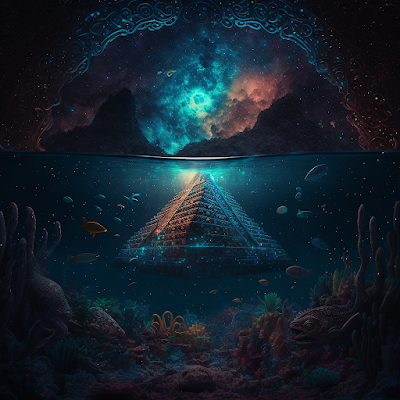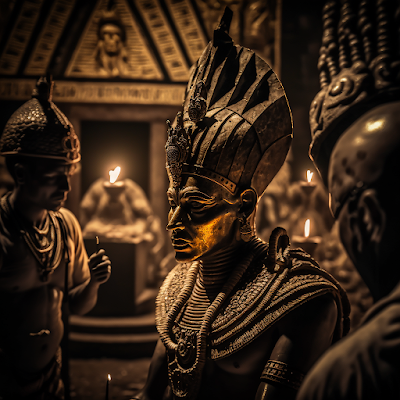The collapse of the Mayan civilization: Why did it happen?
Introduction
The Mayan
civilization was one of the most impressive and sophisticated ancient
civilizations that existed between 2000 BC and 900 AD in present-day Mexico,
Guatemala, Belize, and Honduras. However, the civilization ultimately
collapsed, leaving behind abandoned cities and a people without a clear sense
of their past. In this blog post, we will explore the theories behind the
collapse of the Mayan civilization and its impact on the region.
Theory 1: Prolonged Drought
One theory
proposed for the collapse of the Mayan civilization is that it was caused by a
prolonged period of drought. The Mayans relied heavily on agriculture for their
survival, and the lack of water would have made it difficult for them to grow
enough food to support their large population. This theory is supported by
evidence of prolonged drought conditions in the region around the time of the
collapse.
Theory 2: Overpopulation and Environmental Degradation
Another
theory is that the collapse was caused by overpopulation and environmental
degradation. The Mayan population grew, and they cleared more land for farming,
which would have led to soil erosion and a decrease in agricultural
productivity. The construction of large-scale cities and temples also required
a significant amount of resources, further exacerbating the problem of
overpopulation.
Theory 3: Internal Conflicts
The Mayans
engaged in warfare, and there is evidence of fortifications and defensive
structures around many Mayan cities. Additionally, the Mayans had a complex
political system that included multiple city-states, each with its own ruler.
This could have led to competition and conflict between the city-states, which
would have weakened the civilization as a whole.
Theory 4: Combination of Factors
The collapse
of the Mayan civilization may have been caused by a combination of factors,
including environmental degradation, overpopulation, and internal conflicts.
The Mayans faced a number of challenges simultaneously, and it is likely that a
combination of these factors contributed to the collapse of their civilization.
Impact of the Collapse
Regardless
of the specific cause, the collapse of the Mayan civilization had a significant
impact on the people of the region. Many Mayans were forced to abandon their
cities and temples, and their sophisticated system of writing and mathematics
was lost. The collapse of the Mayan civilization likely had a significant
impact on the development of other civilizations in the region, as the Mayans
had established trade networks and political alliances with other peoples.
Conclusion
The collapse of the Mayan civilization is a complex and multifaceted phenomenon that likely had multiple causes. The most likely factors that contributed to the collapse of the Mayan civilization include prolonged drought, overpopulation and environmental degradation, internal conflicts, and a combination of these factors. The collapse of the Mayan civilization had a significant impact on the people of the region and likely had a lasting effect on the development of other civilizations in the region. Understanding the collapse of the Mayan civilization provides insight into the complex interplay between environmental factors, population growth, and political instability that can contribute to the collapse of a civilization.
















Comments
Post a Comment